
The U.S. Navy’s Gerald R. Ford-class aircraft carriers, a fleet that includes the much-discussed USS Gerald R. Ford (CVN-78), have captured the imagination and scrutiny of military tech and politics enthusiasts alike.

Dubbed as the largest and most expensive warships ever built, each coming with a price tag of $13.3 billion, these nuclear-powered leviathans were designed to herald a new era of maritime dominance.
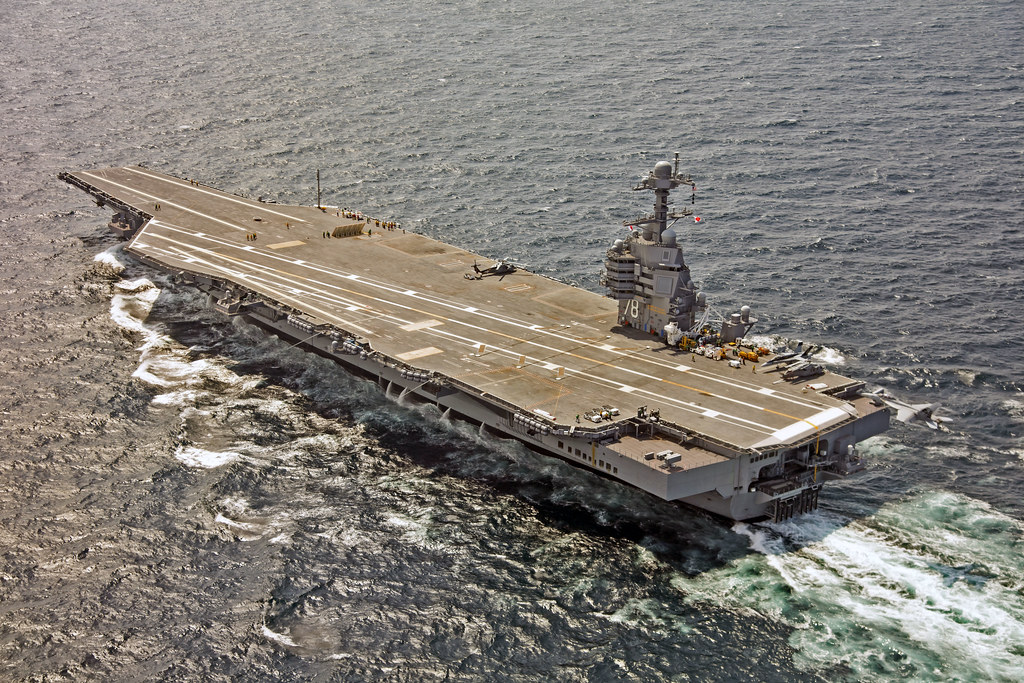
However, the Ford-class carriers are proving to be a contentious subject in defense circles, struggling against a tide of technological setbacks and strategic vulnerabilities.
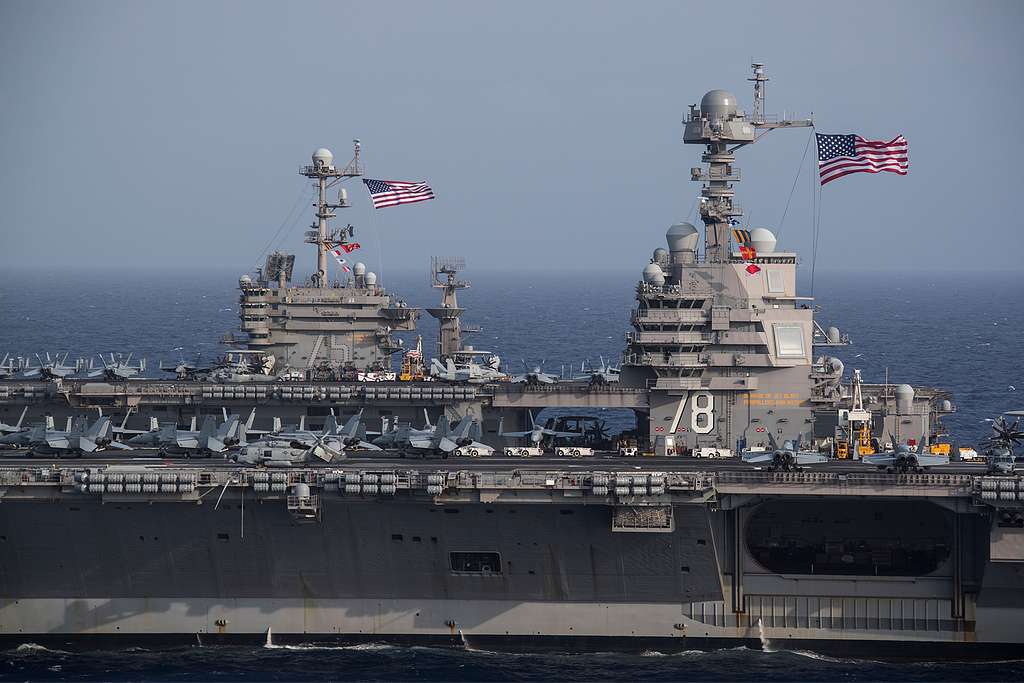
Born from a desire to surpass the enduring Nimitz-class carriers, the Ford-class was envisaged to catapult the U.S. Navy’s capabilities into the future, boasting every advanced system conceivable.
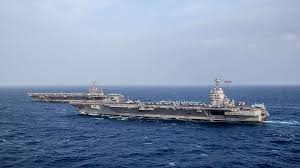
The USS Gerald R. Ford, featuring a reduced crew due to significant automation and an impressive air wing comprising 75 aircraft, was expected to deliver unparalleled lethality and efficiency. However, its deployment has been marred by delays and operational issues.
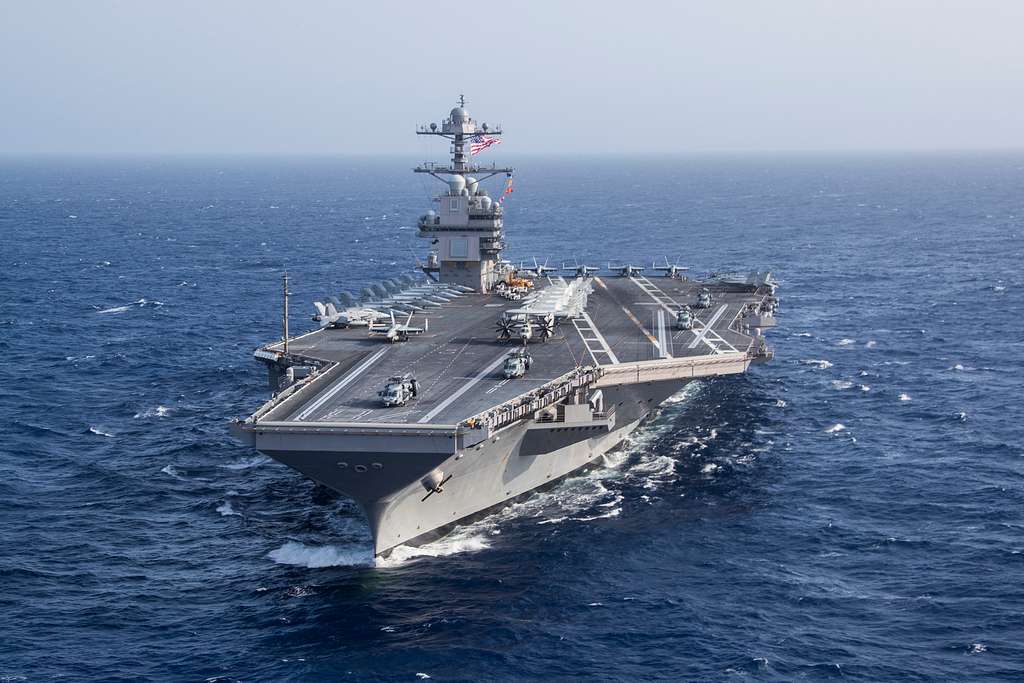
As a sailor with a career on aircraft carriers stated, “No matter how awesome the new carrier class may be, no ship can repel every attack.”
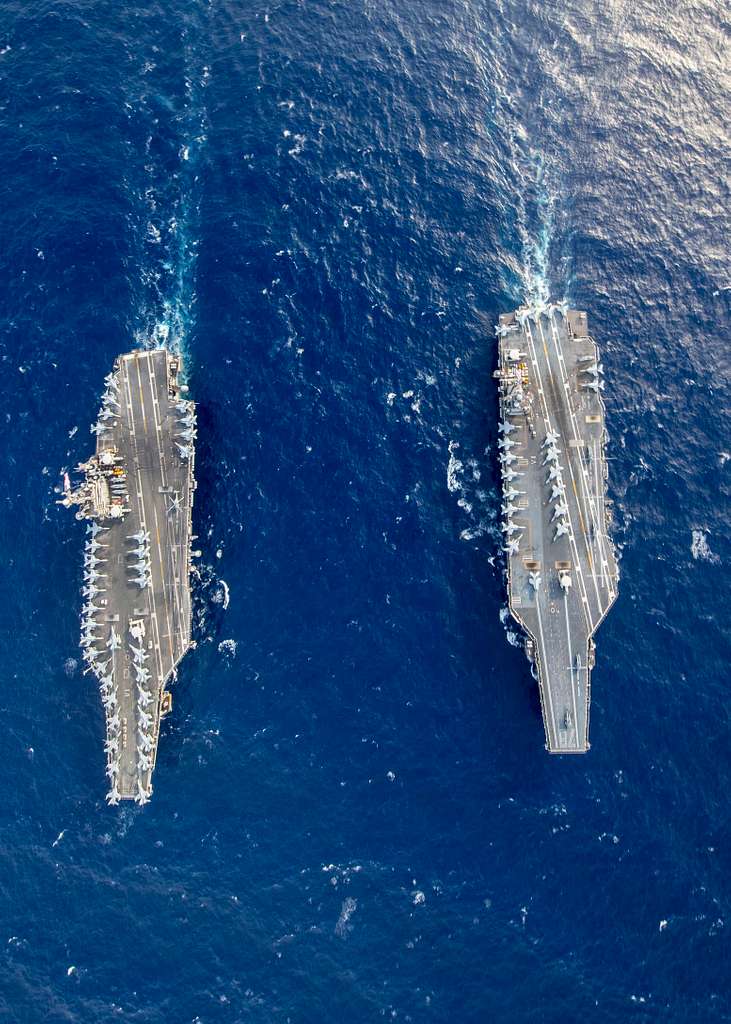
Further complicating the carriers’ operational readiness are the technical setbacks the USS Gerald R. Ford has faced.
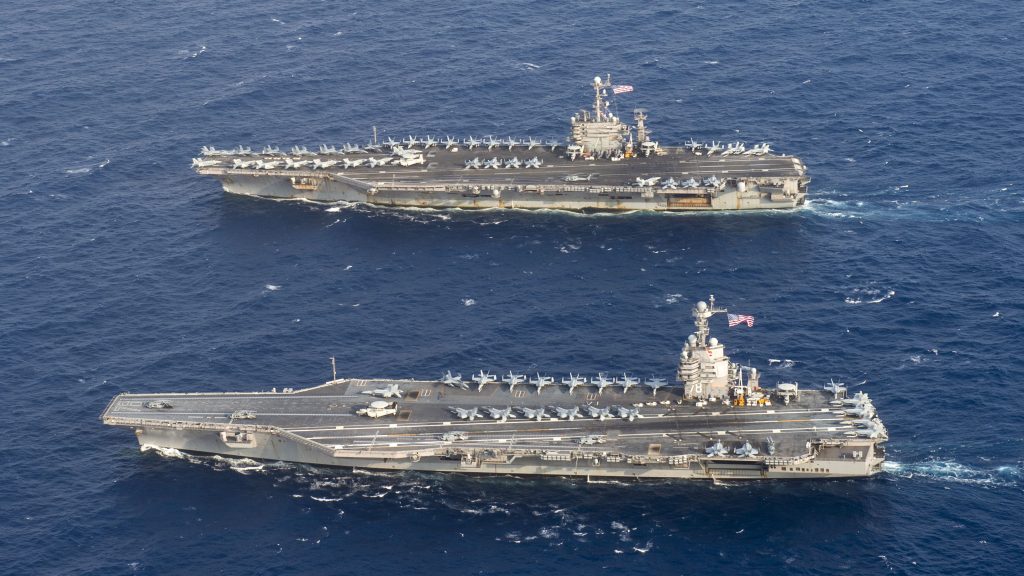
ATLANTIC OCEAN (June 4, 2020) The Ford-class aircraft carrier USS Gerald R. Ford (CVN 78), front, and the Nimitz-class aircraft carrier USS Harry S. Truman (CVN 75) transit the Atlantic Ocean, June 4, 2020, marking the first time a Nimitz-class and Ford-class aircraft carrier have operated together underway. Gerald R. Ford is underway conducting integrated air wing operations, and the Harry S. Truman Carrier Strike Group remains at sea in the Atlantic as a certified carrier strike group force ready for tasking in order to protect the crew from the risks posed by COVID-19, following their successful deployment to the U.S. 5th and 6th Fleet areas of operation. (U.S. Navy photo by Mass Communication Specialist Seaman Isaac Esposito/Released)
From clogged toilets to malfunctioning ordnance elevators, the litany of technical glitches has cast a shadow over its innovative features like the Electromagnetic Aircraft Launch System (EMALS).
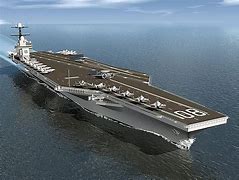
Delays have also affected the Ford-class’s rollout, with the future USS Enterprise (CVN-80) now set to be delivered 18 months later than initially projected.
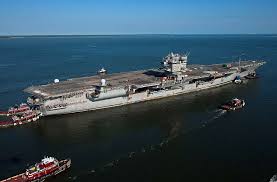
These postponements not only impact the operational fleet but also ripple through the defense supply chain, leading to workforce shortages and increased production costs.

The delay in delivering CVN-80 and the decision to push back the purchase of the next carrier, CVN-82, may lead to layoffs among suppliers if the trend continues.
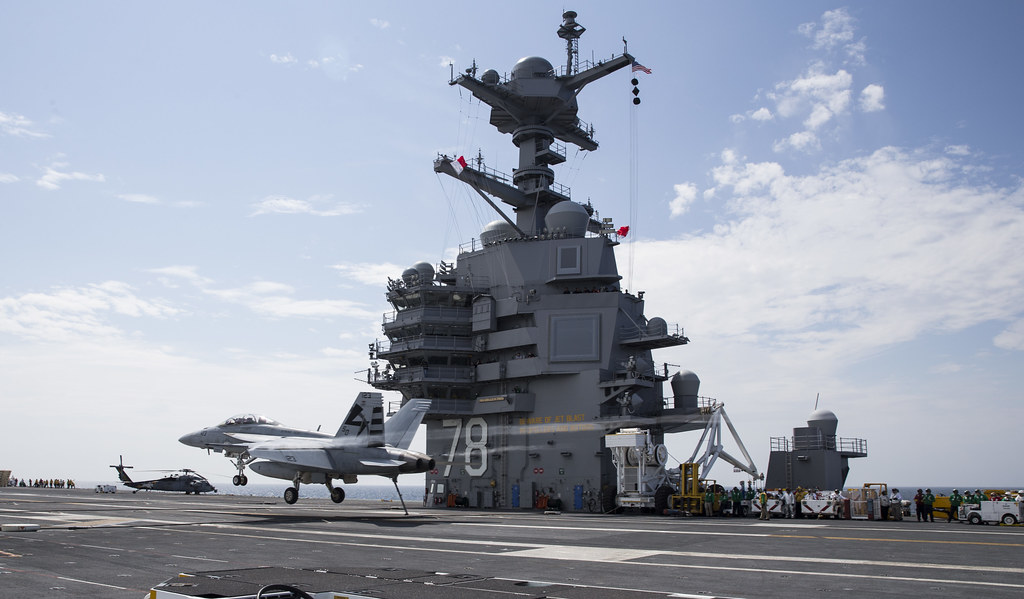
The Aircraft Carrier Industrial Base Coalition (ACIBC) has voiced concerns over the detrimental effects prolonged intervals between carrier purchases have on the supplier base.
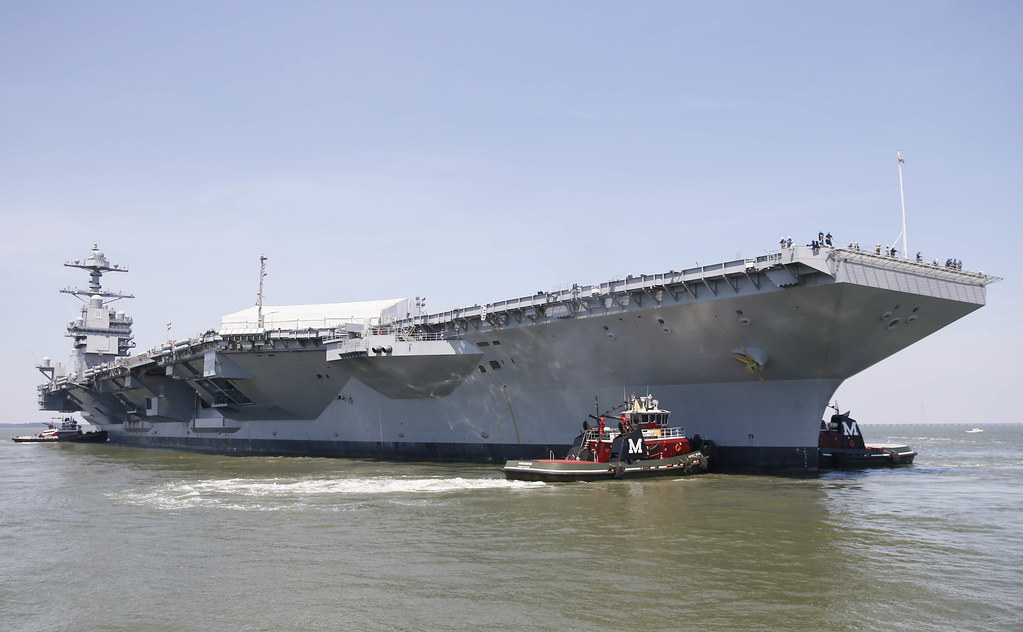
With supply chain performance issues cited for the schedule change, the economic implications of the Ford-class’s production challenges are clear.The operational testing of the USS Gerald R. Ford has been fraught with difficulties.

According to a weapons system report, the reliability of its EMALS, Advanced Arresting Gear (AAG), and jet blast deflectors has adversely affected sortie generation and flight operations efficiency. These issues have even hindered pilot certifications, casting doubt on the carrier’s combat readiness.

The Navy has been urged to acknowledge these problems publicly and address them with the same rigor that saw improvements in the carrier’s once-troubled electromagnetic weapons elevators.
Relevant articles:
– The Ford-Class Aircraft Carrier Nightmare Is Beyond Fixing Now, The National Interest
– The Navy’s Ford-Class Aircraft Carrier Nightmare Has Just Begun, The National Interest
– Aircraft Carrier Enterprise Delivery Delayed by 18 Months, Says Navy, USNI News
– America’s New Aircraft Carrier Struggled To Certify Pilots Before 2022 Deployment, Forbes

